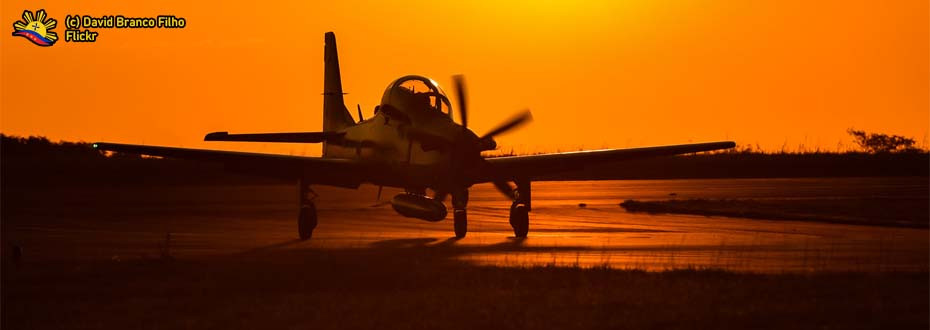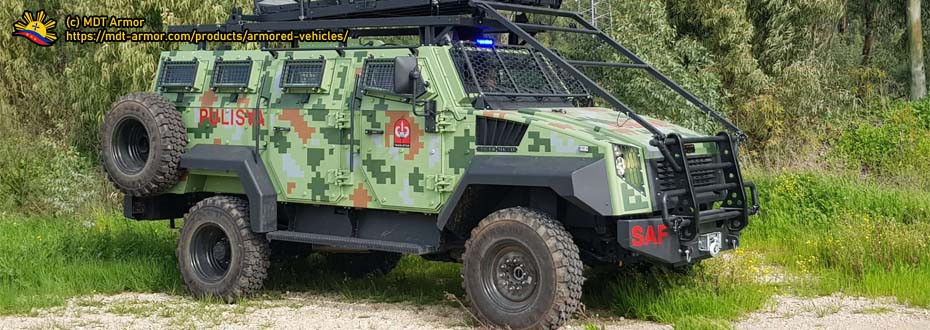Defense issues, especially the topics usually being discussed here, covers about militaristic approaches on what it means to protect the nation from its perceived enemies, both domestic and foreign. However, national defense covers more than just military strategies and doctrine where Human Security and Community Development also plays the factor that defines the country in all degrees which include national security.
THE QUESTION
This question comes from various discussions on Community Development where, while being civilian in nature, may influence the country and its conditions which in any way intertwine with military and defense-related issues.
The question is as follows:
"The Philippines is lagging behind from the rest of the ASEAN countries in terms of development politically, economically, and socio-culturally. There are many factors influencing development, and many models and paradigms on how to achieve political and economic stability and progress. One of the paradigms is the model of Community Development in providing alternatives for people's empowerment and enabling environment. The concept of Community Development is holistic in its approach and methodology and process.
In the Philippine context, why and how Community Development as a paradigm vital in achieving comprehensive integrated development and for human security?"
THE ANSWER
 |
| Economics and Infrastructure play hand in hand with human and national security. |
To answer this question, let us understand the factors that define a society. Such factors include culture, demographics, education, financial status, and government decisions that influence it. As far as it is concerned, areas of improvement are needed in order to improve as a country wherein it includes the attitude prevailing in the society with the stated factors playing an influence in each citizen's lives.
Such factors though are what defines the makings of a society that may help propel the country in terms of both economic and social development as well as obtaining human security in the process. Community Development as a paradigm, in this case, is deemed vital to such progress given that its attributes, intentions, and case study matters regarding about it provides the essential so as what areas of improvement is needed for a country like the Philippines to propel at par or better than its ASEAN peers.
These may include but not limited to: labor, social services, community peace, and security, skill-based education, information awareness, and other humanistic policies or programs centered on the betterment of the citizenry which in turn improves the country altogether, benefiting each and every person in a community.
Moreover, factors such as infrastructure projects, foreign investments, better trade deals, and government policies on the economy ranging from remittances of Overseas Filipino Workers to encouraging the development of industrial sectors also influence Community Development in a way that it is done in an indirect manner wherein the citizenry benefits from utilizing infrastructures built such as highways for better flow of goods or providing career development for fresh professionals in business process outsourcing jobs.
Better bureaucratic measures also are a plus for community development with shorter processing time for pertinent documents and accountability being the essential ones especially on government transactions of any degree whether it is a business or an individual. If these things are to be taken on a higher level, especially on the present Philippine context where several areas need special concern like poverty and accountability concerns in essential public positions such as being in the government, this will pave way for the country to catch up in economic, political and social development with the people aware of the laws implemented and diligently contributing to the eventual growth of the nation as a whole.
No doubt, countries like Singapore are being emulated due to its reputation ranging from governance to the way economics is being done where it can be attributed to its citizenry who help it progress in its state today. The same applies to countries in the Asia-Pacific region which also gets progressing like South Korea, Japan, and of course, the rising economic power of the People's Republic of China.
From there, these countries aforementioned as well as the "hows" provides the insight so as to the actions the Philippines may take for the betterment of the country and its citizenry, enhancing its Community Development that further defines the integrity and sovereignty of the nation through the security of its people.
TO SUM IT UP...
 |
Every citizen, uniformed or not, is essential to the country's nation-building
and community development. Photo source. |
Military and defense issues intertwine with other areas such as the ones mentioned above with the main emphasis more on Community Development and the ways to enhance the capacity of a nation to sustain its own population as well as managing things in a way that it also helps push the country in its initiative to have a better citizenry, infrastructure and economy with national security also playing its own hand.
So, it is of no surprise that plans are being set in place prior to being materialized and eventually, making projects and programs realized from these steps of planning in place. So, for a better-armed military requires a nice, performing economy and a citizenry getting all the skills and knowledge for nation-building. Slowly but surely, these are slowly being put in place where military programs such as the Offshore Patrol Vessels now obtain the option of being built in the country, by the citizens, for the nation's very own security. Step-by-step, things are getting in its respective place as time passes by, with developments being made in the community, in the country, and especially in the family.
To end this short write-up, let us take note once again that military and defense issues aren't limited to weapons, facilities, and personnel alone. It is more about how the citizenry performs as a nation, united together in making the country better and worth living in a way that the next generation will benefit from the sacrifices of today. A nice short-term thinking maybe a nice band-aid solution of the present, but a long-term way of thinking and planning things is better for the country's development, especially with military and defense matters being in the picture.























.png)



